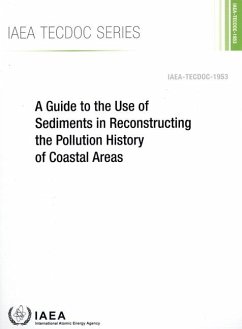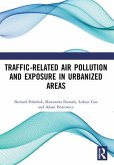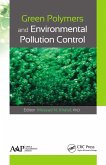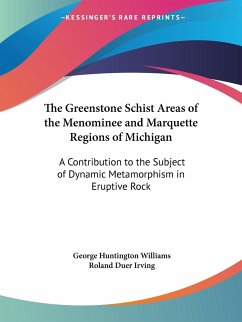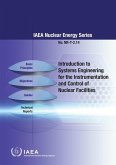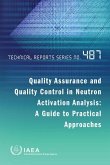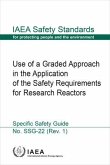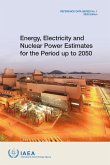From 2007 to 2012, the IAEA ran a regional project on the 'Use of Nuclear Techniques to Address the Management Problems of Coastal Zones in the Caribbean Region', RLA/7/012. The main purpose of the project was to develop and build capacity in the use of nuclear and isotopic methods in order to understand and propose strategies for reducing the degradation of coastal ecosystems and support integrated coastal zone management in the Greater Caribbean region. This guide is a product of project RLA/7/012. It was developed by and for scientists in the region as a guide to the use of sediments to assess current and historical levels of pollution in coastal areas (over roughly the last hundred years) by studying sediment cores dated using the radionuclides 210Pb and 137Cs.
Bitte wählen Sie Ihr Anliegen aus.
Rechnungen
Retourenschein anfordern
Bestellstatus
Storno

